Offline Message Handling Made Simple in Chat Apps

Offline message handling ensures that messages sent during a user's absence are stored and delivered once they reconnect. This feature plays a vital role in chat applications, maintaining communication flow even when users face connectivity issues. Without offline support, users might miss critical updates, leading to frustration and dissatisfaction.
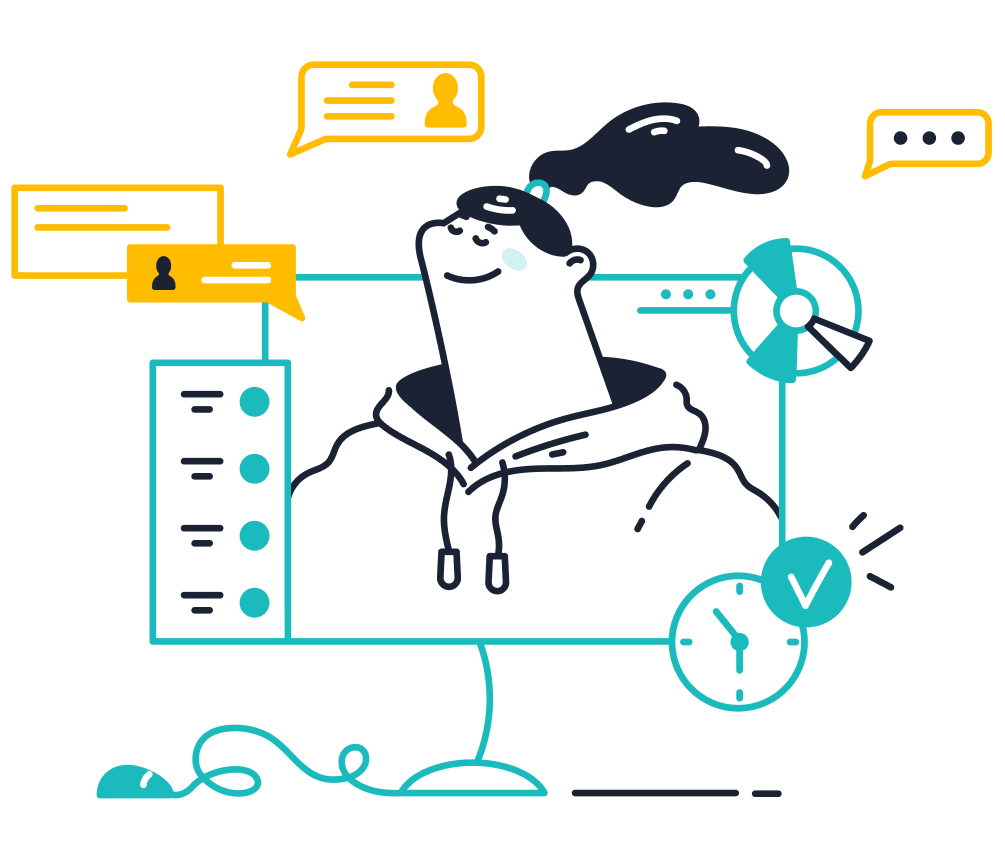
Sobot excels in providing seamless offline message handling through its Live Chat platform. Trusted by brands like OPPO and Samsung, Sobot ensures reliable communication across channels. Its advanced tools help businesses deliver uninterrupted service, enhancing customer satisfaction and loyalty.
Key Requirements for Offline Message Handling
Selecting the Right Tools for Storing Messages
Comparing SQL and NoSQL databases for message storage
Choosing the right database is essential for storing messages effectively. SQL databases, like MySQL and PostgreSQL, offer structured storage with predefined schemas, making them ideal for applications requiring complex queries and relationships. On the other hand, NoSQL databases, such as MongoDB and Cassandra, provide flexibility and scalability, especially for unstructured data. If your chat app handles high volumes of messages, NoSQL databases can adapt to growing demands without compromising performance. However, SQL databases excel in ensuring data consistency, which is critical for offline support. The choice depends on your app's specific needs, balancing scalability, consistency, and ease of use.
Ensuring scalability and reliability in storage solutions
Scalability ensures your app can handle increasing user activity, while reliability guarantees that no message is lost. Distributed storage systems, like Amazon DynamoDB, allow you to scale horizontally by adding more servers. Implementing redundancy, where data is stored across multiple locations, further enhances reliability. For offline support, consider using local storage to temporarily buffer messages when the network is unavailable. This ensures messages are not lost and can sync seamlessly once connectivity is restored.
Implementing Message Queues for Offline Support
The role of message queues in offline message delivery
Message queues act as intermediaries, ensuring messages are delivered even when users are offline. They temporarily store messages until the recipient reconnects. This mechanism prevents data loss and ensures smooth communication. Techniques like message acknowledgment and retries enhance reliability, ensuring every message reaches its destination. For example, if a user disconnects during a conversation, the queue holds the message and delivers it once the user comes back online.
Tools for message queuing: RabbitMQ, Kafka, and Redis
Several tools can help you implement message queues effectively. RabbitMQ is known for its simplicity and supports message durability, ensuring critical messages are not lost. Kafka excels in handling high-throughput scenarios, making it suitable for apps with large user bases. Redis, with its in-memory storage, offers speed and efficiency, ideal for real-time messaging. Each tool has unique strengths, so choose one that aligns with your app's requirements.
Synchronization Mechanisms for Seamless User Experience
Handling user reconnection events effectively
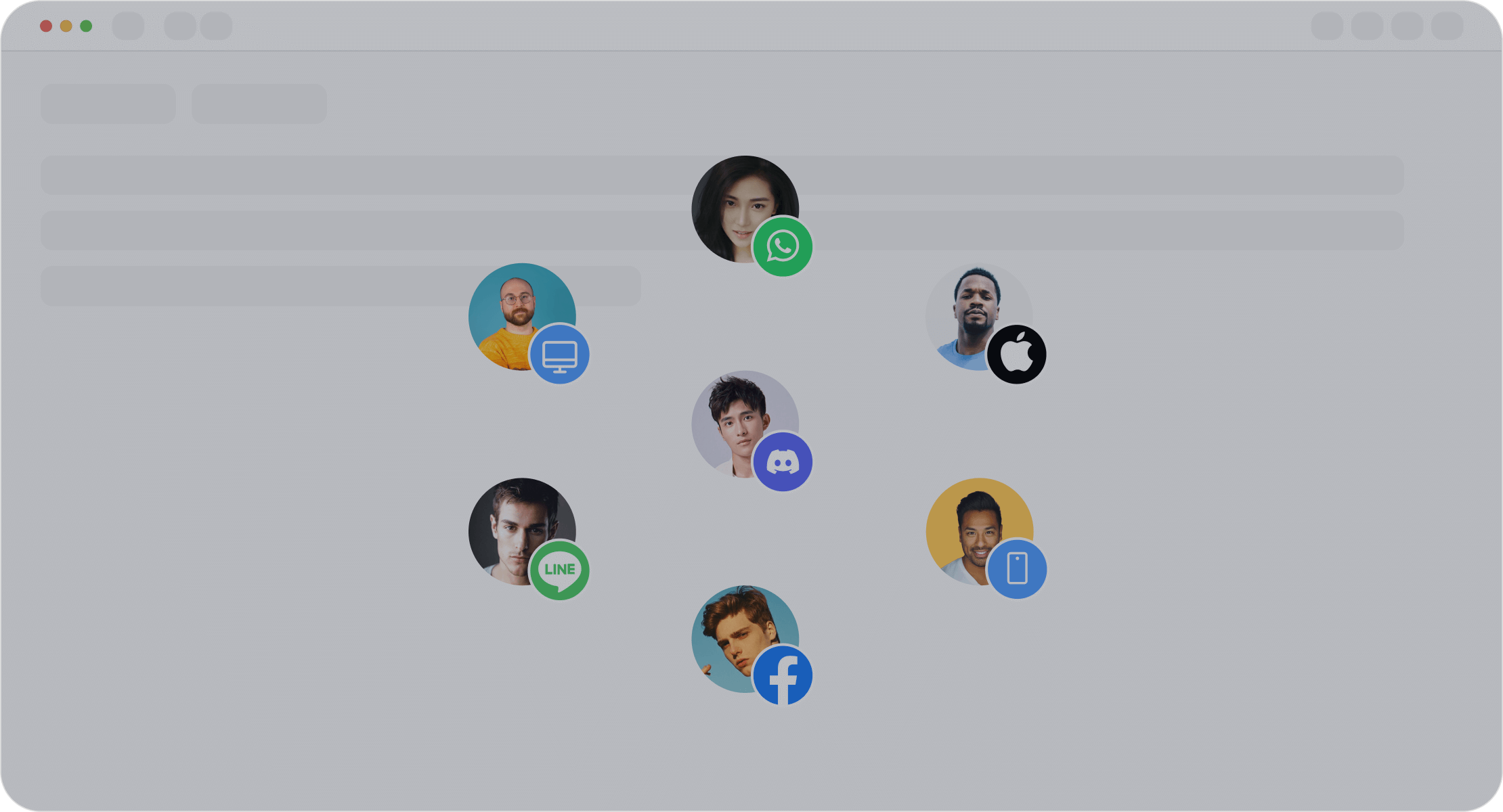
When users reconnect, your app must deliver pending messages promptly. Implementing reconnection detection mechanisms ensures the app identifies when a user comes back online. For instance, Sobot Live Chat uses intelligent synchronization to deliver messages in the correct order, maintaining a seamless experience. This approach prevents users from missing important updates, even after extended offline periods.
Ensuring data consistency during synchronization
Data consistency is vital for offline support. Synchronization mechanisms must ensure that messages appear in the same order across all devices. Techniques like message acknowledgment and retries help maintain consistency. For example, if a user sends a message from one device, it should sync accurately across their other devices. This creates a unified experience, enhancing user satisfaction.
Step-by-Step Guide to Implementing Offline Message Storage
Setting Up a Database for Storing Messages
Structuring the database for efficient message retrieval
To ensure efficient retrieval, you should design your database with a clear structure. Use indexes to speed up queries and organize data into logical tables. For example, create separate tables for users, conversations, and messages. Each message should include fields like sender ID, recipient ID, timestamp, and content. This structure allows you to quickly fetch a list of messages for a specific user or conversation. If your app supports group chats, consider adding a group ID field to simplify message retrieval.
Storing metadata for offline messages
Metadata plays a crucial role in offline message handling. Store details like message status (sent, delivered, or read) and priority level. This information helps manage the message sending flow and ensures accurate synchronization. For instance, when a user reconnects, the system can prioritize delivering unread messages first. Including metadata like device type or location can also enhance analytics and improve user experience.
Designing a Message Queue for Offline Delivery
Configuring queues for delayed message delivery
Message queues are essential for offline support. Configure them to temporarily hold messages when the recipient is offline. Use a user-centric approach, where each user has a personal queue. This setup works well for one-on-one chats. For group chats, a chat-centric queue minimizes redundancy by storing one copy of the message for all participants. Implement a reconnection strategy with exponential backoff to retry delivery at increasing intervals, reducing server load during high traffic.
Managing message prioritization and retries
Prioritize messages based on urgency or type. For example, system alerts might take precedence over casual chats. Use techniques like message acknowledgment to confirm delivery and retries for failed attempts. A robust queuing system ensures no message is lost, even during network instability. Tools like RabbitMQ or Kafka can help you manage these tasks effectively.
Implementing Synchronization Logic
Detecting when users come back online
Your app must detect reconnection events to resume the message sending flow. Use heartbeat signals or periodic pings to monitor user status. When a user reconnects, the system should immediately fetch their pending messages from the queue. Sobot Live Chat excels in this area by using intelligent synchronization to ensure users never miss important updates.
Delivering messages in the correct order
Maintaining the order of messages is critical for a seamless experience. Implement a synchronization protocol that reconciles missed messages and ensures they appear in chronological order. For example, assign sequence numbers to each message during sending. When syncing, the system can use these numbers to reorder messages accurately. This approach guarantees consistency across devices, enhancing user satisfaction.
Testing and Debugging the System
Simulating offline scenarios for testing
Testing offline message handling requires you to simulate real-world conditions. Begin by disconnecting your app from the internet to observe how it behaves when users go offline. Use tools like Charles Proxy or Fiddler to simulate network interruptions. These tools allow you to test how your app queues and stores each message during disconnection.
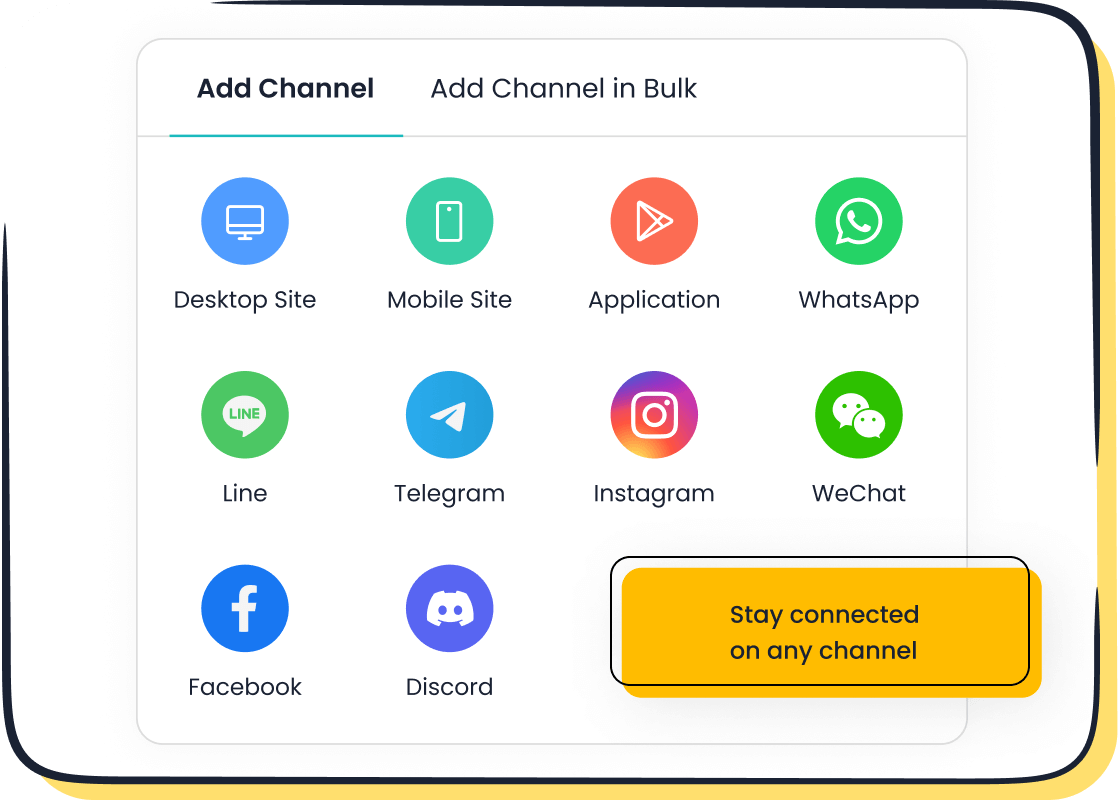
For example, send a message while offline and reconnect to verify its delivery. Check if the app maintains the correct order of messages. You can also simulate high traffic by sending multiple messages simultaneously. This helps you identify potential bottlenecks in your system. Sobot Live Chat, for instance, ensures seamless synchronization even during such scenarios, providing a reliable user experience.
Testing should also include different devices and platforms. This ensures your app handles offline messages consistently across all environments. By simulating these scenarios, you can refine your app's offline support and improve its reliability.
Identifying and resolving edge cases
Edge cases often reveal hidden issues in offline message handling. Focus on scenarios like users switching devices or deleting their accounts while offline. For instance, if a user sends a message from one device and reconnects on another, ensure the message syncs correctly.
Another common edge case involves large message volumes. Test how your app handles thousands of messages queued for delivery. Sobot Live Chat excels in managing such situations by using intelligent queuing systems. This ensures no message gets lost, even under heavy loads.
You should also test for duplicate messages. If a message is sent multiple times due to retries, your app must detect and remove duplicates. Addressing these edge cases enhances your app's performance and user satisfaction.
Tip: Document all edge cases and their resolutions. This helps your team maintain a robust system as your app evolves.
Best Practices for Offline Message Handling in Sobot Live Chat
Optimizing Performance for Offline Support
Reducing latency in message delivery
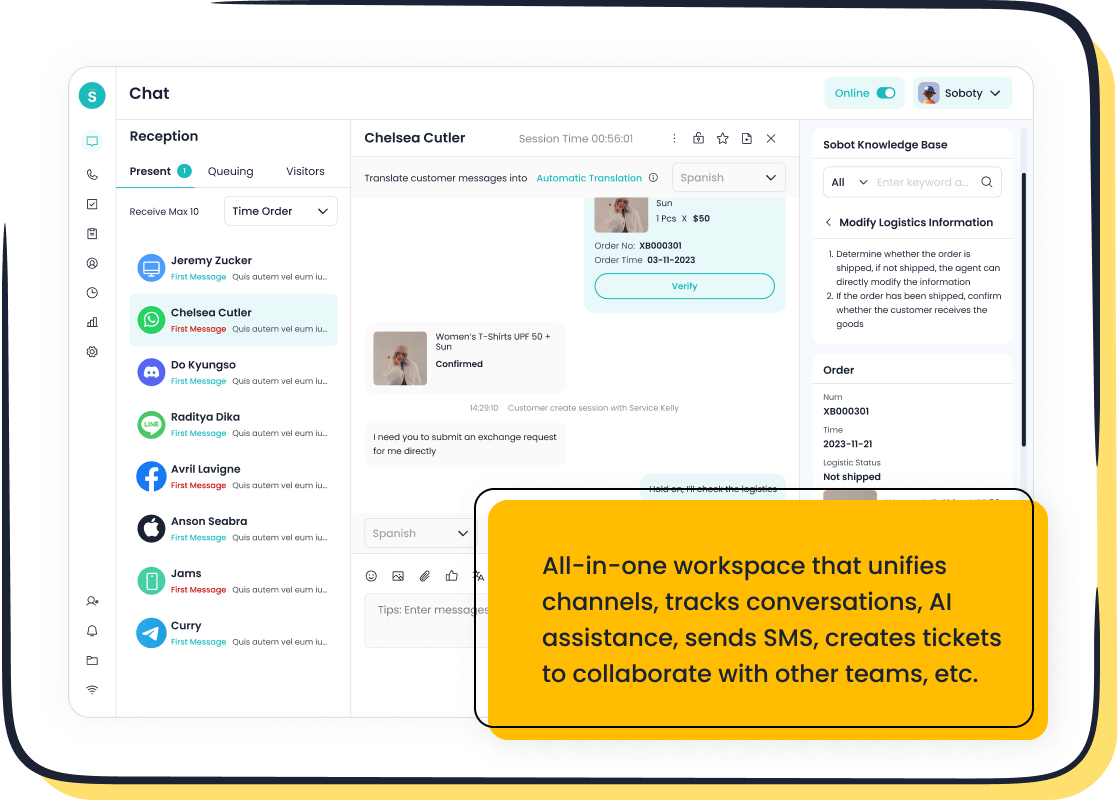
Reducing latency ensures users receive messages quickly, even with offline support. You can achieve this by optimizing your server infrastructure and using Content Delivery Networks (CDNs). CDNs distribute data across multiple servers, reducing the time it takes to deliver a message. Sobot Live Chat employs intelligent routing to minimize delays, ensuring messages reach users promptly. For instance, when a user reconnects, the system prioritizes delivering pending messages without unnecessary delays. This approach enhances the overall chat experience and keeps users engaged.
Using caching for frequently accessed data
Caching stores frequently accessed data temporarily, reducing the need for repeated database queries. This technique speeds up message retrieval and improves offline support. For example, you can cache user profiles or recent chat histories locally on the device. Sobot Live Chat uses caching to ensure smooth synchronization when users come back online. By reducing server load, caching also improves scalability, allowing your app to handle more users effectively.
Ensuring Data Consistency in Storing Messages
Handling duplicate messages effectively
Duplicate messages can disrupt the user experience and compromise data consistency. To prevent this, implement unique identifiers for each message. These identifiers help the system detect and discard duplicates during synchronization. Sobot Live Chat uses intelligent algorithms to ensure only one copy of each message is stored and delivered. This approach maintains a clean and consistent chat history for users.
Managing conflicts during synchronization
Conflicts can occur when users send or edit messages from multiple devices while offline. To resolve this, use a "last-write-wins" strategy or prompt users to choose the correct version. Sobot Live Chat ensures data consistency by reconciling conflicts seamlessly during synchronization. This guarantees that users see the most accurate and up-to-date information across all devices.
Addressing Edge Cases in Offline Message Handling
Handling large message volumes efficiently
High message volumes can strain your system, especially during peak times. To manage this, use scalable storage solutions and message queues. Tools like Kafka or Redis can handle large volumes without compromising performance. Sobot Live Chat excels in managing high traffic by using distributed systems that ensure no message is lost, even under heavy loads.
Managing user account changes or deletions
When users change or delete accounts, your app must handle their messages appropriately. For example, if a user deletes their account, the system should remove their messages while preserving the integrity of group chats. Sobot Live Chat uses automated workflows to manage such scenarios efficiently. This ensures a seamless experience for other users while maintaining data security.
Benefits of Offline Message Handling in Chat Applications
Enhanced User Experience with Offline Support
Ensuring seamless communication for users
Offline support ensures that users can send and receive messages even when they are not connected to the internet. This feature prevents interruptions in communication, allowing users to stay engaged with the chat application. For example, an offline first chat application stores messages locally on the device and syncs them once the user reconnects. This approach ensures that no message is lost, providing a consistent user experience even during network instability.
| Benefit | Description |
|---|---|
| Improved Performance | Offline capabilities lead to quicker load times and smoother interactions, enhancing user engagement. |
| Enhanced Data Security | Offline mode provides additional protection for sensitive data, promoting user trust. |
| Uninterrupted Access | Users can access important data anytime, ensuring productivity is not hindered by internet issues. |
| Increased Flexibility | Applications designed for offline use allow users to work without constant internet connectivity. |
| Seamless User Experience | Offline functionality ensures a consistent experience, even during network instability. |
Building trust with reliable message delivery
Reliable message delivery builds trust among users. When your app guarantees that every message reaches its destination, users feel confident in its performance. Offline support plays a key role here by queuing messages during disconnection and delivering them promptly upon reconnection. This reliability fosters loyalty and encourages users to rely on your chat application for critical communication.
Scalability and Reliability in Storing Messages
Supporting a growing user base with scalable solutions
Offline message handling ensures your app can scale effectively as your user base grows. By storing messages temporarily and syncing them later, your system can handle varying connectivity statuses without compromising performance. This capability allows you to support more users while maintaining a seamless experience. For instance, Sobot Live Chat uses intelligent queuing systems to manage high traffic efficiently, ensuring no message is lost.
Adapting to high traffic scenarios effectively
High traffic can strain your app, especially during peak usage. Offline support helps mitigate this by distributing the load. For example, messages can be stored locally or in queues during high traffic, reducing server stress. This approach ensures that users experience smooth communication even during busy periods, enhancing the app's reliability.
Competitive Advantage with Sobot Live Chat
Differentiating your app with advanced offline support
Incorporating advanced offline support into your app sets it apart from competitors. Features like intelligent synchronization, local message storage, and seamless offline functionality make your app more appealing to users. Sobot Live Chat excels in this area by offering robust offline capabilities that ensure uninterrupted communication across multiple channels.
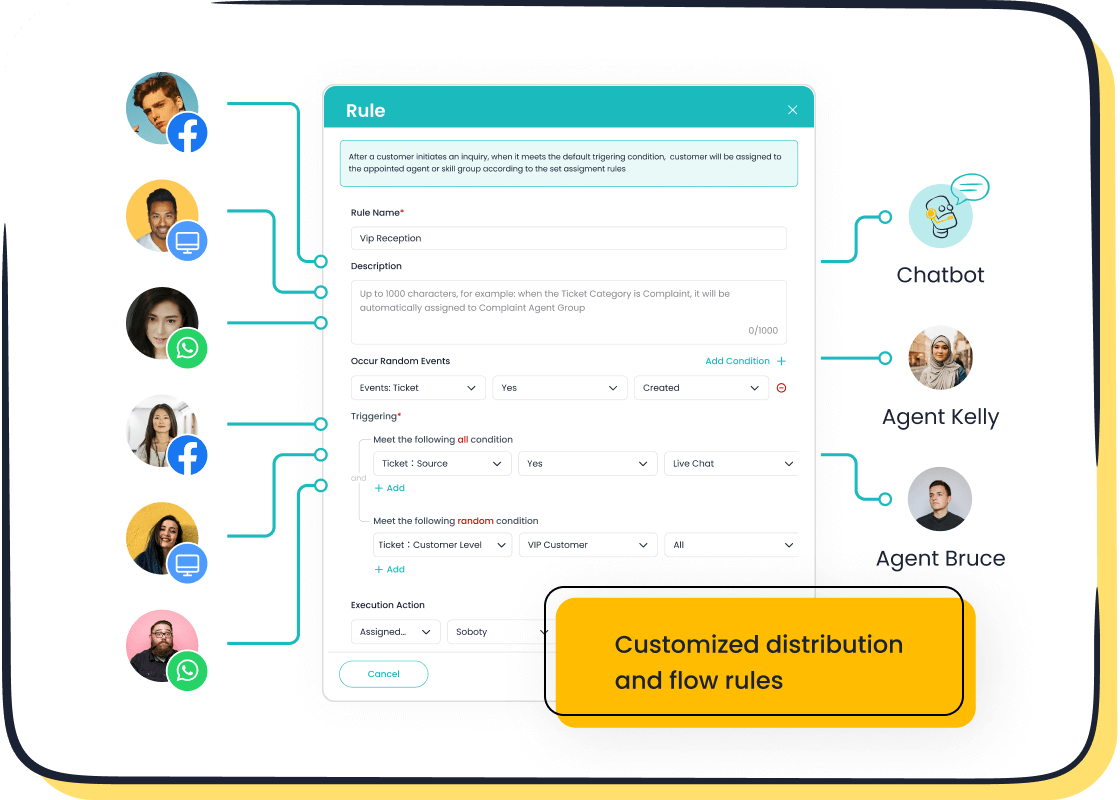
Meeting user expectations for modern chat applications
Modern users expect chat applications to work flawlessly, regardless of connectivity. Offline support meets this expectation by ensuring that messages are stored and delivered reliably. Sobot Live Chat, trusted by brands like OPPO and Samsung, demonstrates how offline-first features can enhance user satisfaction and build trust. By prioritizing offline functionality, your app can meet and exceed user expectations.
Overcoming Challenges in Offline Message Handling
Managing Network Instability
Implementing retry mechanisms for message delivery
Network instability can disrupt message delivery, but retry mechanisms ensure reliability. You should design APIs to be idempotent, preventing duplicate messages during retries. Use exponential backoff with jitter to space out retries and avoid overwhelming the system. For example, if a message fails to send, the system waits progressively longer before retrying. Set a maximum retry limit to prevent resource exhaustion. Adaptive retries can further optimize performance by adjusting retry behavior based on real-time conditions. Persistent failures should trigger alerts for manual intervention, ensuring no message is permanently lost. These strategies maintain smooth communication even during unstable connections.
Using exponential backoff for reconnection attempts
Exponential backoff is a proven method for managing reconnection attempts. Instead of retrying at fixed intervals, the system increases the delay between attempts exponentially. This approach reduces server load and prevents retry storms during widespread outages. For instance, if a user disconnects, the system might wait 1 second for the first retry, 2 seconds for the next, and so on. Adding jitter, or randomization, to these intervals avoids synchronized retries from multiple users. Sobot Live Chat employs intelligent reconnection strategies to ensure users regain access without delays, enhancing the overall chat experience.
Reducing Storage Costs
Compressing message data for efficiency
Storing large volumes of messages can become costly. Data compression reduces storage requirements by encoding information more efficiently. Techniques like gzip or Brotli can shrink message sizes without losing content. For example, compressing text-based messages can save significant space, especially in high-traffic chat applications. Sobot Live Chat optimizes storage by combining compression with caching, ensuring efficient use of resources while maintaining quick access to local data. This approach minimizes costs and improves scalability.
Archiving old messages securely
Archiving old messages is another effective way to reduce storage costs. Move older, less frequently accessed messages to secondary storage systems. Ensure these archives remain secure by encrypting the data and controlling access permissions. For instance, you can store archived messages in cloud-based solutions with robust security protocols. Sobot Live Chat supports automated workflows for archiving, helping businesses manage storage efficiently while maintaining compliance with data retention policies.
Ensuring Security in Offline Message Storage
Encrypting stored messages for data protection
Encryption is essential for protecting offline messages. Encrypt all stored data to ensure confidentiality. Use full disk encryption for devices that may be lost or stolen. Control access permissions to limit who can view or modify the data. Regularly update security patches and implement firewalls to guard against vulnerabilities. Sobot Live Chat prioritizes data security by employing advanced encryption techniques, ensuring sensitive information remains protected at all times.
Securing message queues against unauthorized access
Message queues must be secured to prevent unauthorized access. Analyze queue operations to identify potential vulnerabilities. Encrypt the queue to protect message payloads. Check event logs regularly to monitor for unauthorized access attempts. Disable anonymous administrative access to reduce risks. Sobot Live Chat integrates these best practices into its systems, ensuring secure handling of queued messages and safeguarding user data.
Implementing offline message storage in chat applications involves a few essential steps:
- Buffer messages when no network is available.
- Monitor for network reconnection.
- Deliver stored messages once the connection is restored.
These steps ensure seamless communication, even during connectivity issues. Offline message handling enhances user satisfaction by preventing missed updates and maintaining reliability.
Sobot Live Chat simplifies this process with intelligent synchronization and robust queuing systems. Trusted by brands like OPPO, it ensures reliable offline support across multiple channels. By integrating Sobot Live Chat, you can provide a seamless experience that meets modern user expectations. Learn more about its features here.
Tip: Prioritize offline support to build trust and improve user retention in your chat app.
FAQ
What is offline message handling, and why is it important?
Offline message handling ensures messages sent during a user's absence are stored and delivered when they reconnect. This feature prevents missed updates and maintains seamless communication. For example, Sobot Live Chat uses intelligent synchronization to ensure users never lose critical messages, even during network disruptions.
How does Sobot Live Chat handle offline messages?
Sobot Live Chat employs advanced queuing systems and intelligent synchronization to store and deliver messages efficiently. It prioritizes unread messages and ensures delivery in the correct order. This approach guarantees a smooth user experience, even during high traffic or unstable network conditions.
Can offline message handling improve user satisfaction?
Yes, offline message handling enhances user satisfaction by ensuring reliable communication. Users trust apps that deliver messages promptly, even during connectivity issues. Sobot Live Chat, trusted by brands like OPPO, demonstrates how robust offline support builds loyalty and improves customer retention.
What tools are best for implementing offline message handling?
Tools like RabbitMQ, Kafka, and Redis are excellent for managing message queues. They ensure scalability and reliability. Sobot Live Chat integrates these technologies to provide seamless offline support, making it a reliable choice for modern chat applications.
How does offline message handling benefit businesses?
Offline message handling boosts user retention and trust. It ensures uninterrupted communication, even during outages. Sobot Live Chat helps businesses like Samsung and OPPO maintain high service standards, leading to increased customer satisfaction and repeat business.
Tip: Explore Sobot Live Chat's features here to see how it simplifies offline message handling for businesses.
See Also
Simple Ways to Integrate Chatbots on Your Website
Effortless Steps to Build a Website Chatbot
Transferring Data to Pre-Chat Forms in Live Chat
